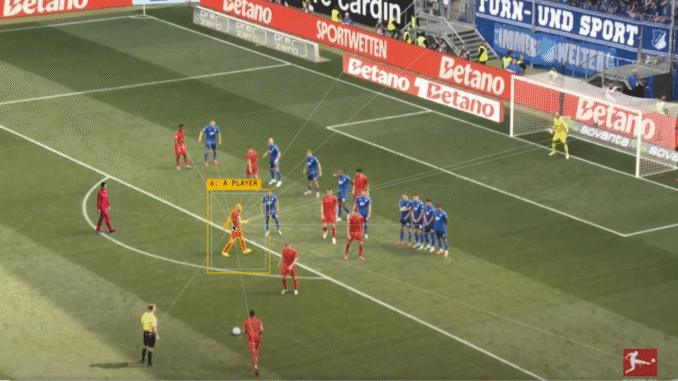
Contributor: Crypto Pilote
Behind every camera lies intelligence waiting to be revealed. You probably thought Score was just about sports prediction, and it was, until TurboVision. TurboVision will do for video what ChatGPT did for text. A $150B market is now opening up: robotics, medicine, industry, traffic, and more. And the adoption has already begun.
Things have evolved, and the project is now far more complex, ambitious, and fascinating.
So let’s rewind for a moment to understand the shift that’s happening.
Phase 1: Mastering Football Labeling
A few months ago, Score entered the football analytics space to modernize a sector desperately lacking innovation. Even in 2025, match annotation and analysis are still largely done by humans, which is slow and expensive. The idea was straightforward: AI can do better, and Bittensor’s competitive mining network offers the perfect environment for such a model to thrive.
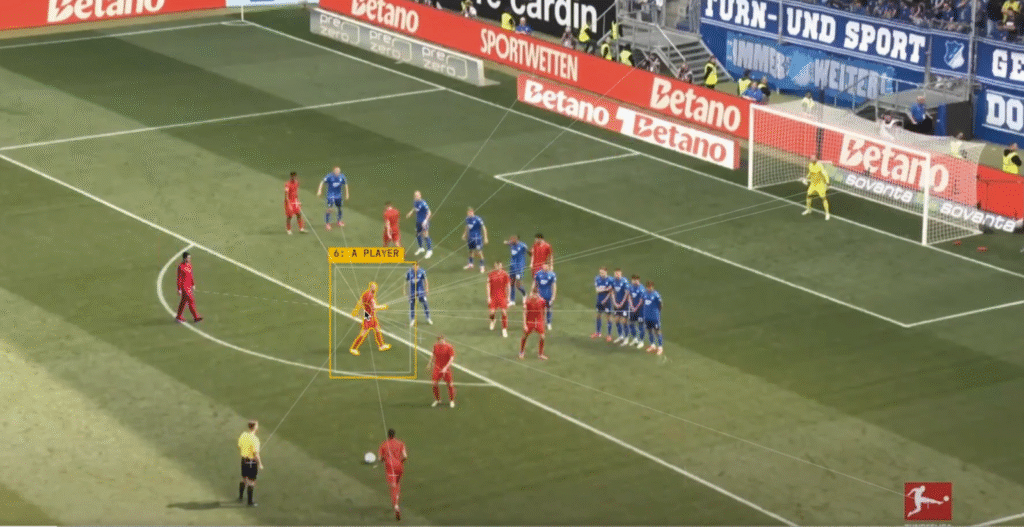
Football wasn’t chosen by accident. Beneath its apparent simplicity, the sport combines all the key components required to build a powerful Vision AI model: identifying, tracking, and analyzing.
Very quickly, the results started to speak for themselves, outperforming humans in every dimension: more accurate, faster, and dramatically cheaper. Miners have done an excellent job, and it already represents a real success compared to centralized, costly solutions that only top-tier football clubs can afford.
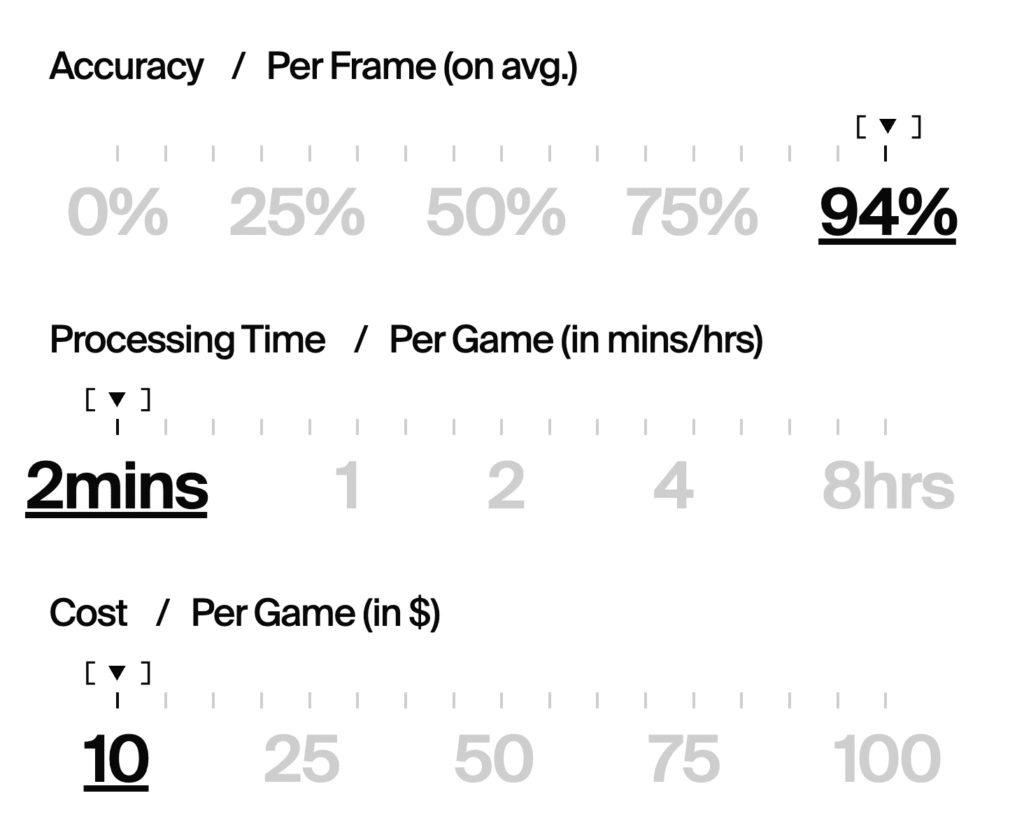
Building on their success in football, and after months refining their vision model across other sports, the Score team realized something important: they were capable of going far beyond sports analytics.
Phase 2: Expanding the Possibilities
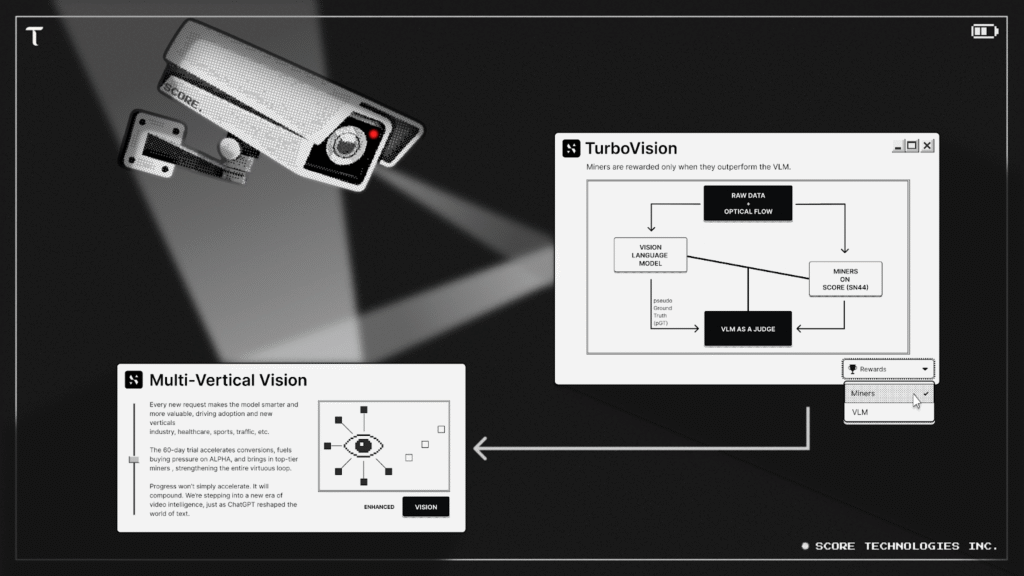
What Score accomplished in football video analysis can be applied to many other domains. Numerous companies struggle with the same problem: large amounts of raw video that must be manually reviewed, a process that is necessary but extremely difficult to scale.
The Score’s mission suddenly changed: Build the first framework capable of taking raw video as input and extracting real intelligence from it.
Achieving this required going back to the drawing board and designing a reward system capable of supporting it.
Turbovision: Breaking the Data Bottleneck
“You become what you eat.” Everyone knows this quote.
AI is no different. Just like cooking, you can’t create a great dish without great ingredients.
Data is the core ingredient that feeds and trains a model, which means every AI system faces the same fundamental limitation: the dataset.
A dataset is simply a collection of data designed and structured for a specific purpose. But it only becomes usable once it’s annotated, because the model needs clear labels to understand what it’s looking for. And annotation is still done by humans, one data point at a time: slow, expensive, and extremely resource-intensive.
As a result, most projects that want to build vision-based AI simply can’t afford the cost or the time required to create and/or train on high-quality datasets.
TurboVision solves this in 2 phases:
- Vision Language Models (VLMs) are AI systems specialized and trained in labeling. They generate a pGT (pseudo ground truth) from raw video input combined with motion data. This will be the reference baseline that miners on the subnet are expected to outperform.
- A second VLM then evaluates the miners’ predictions against this pGT, determining which miner delivers the best performance.

This is where the reward system becomes truly brilliant. By using pairwise scoring, it pushes miners to go the extra mile, creating a dynamic benchmark where “truth” isn’t fixed. It constantly improves.
More accurate. Faster. Smarter.
III- The Golden Global Strategy
TurboVision enables every industry to push the boundaries of what it can comprehend.
Industry, medicine, traffic, security… a $150B market is opening up to Score.
To make this vision sustainable, Score is also building a business model that is as clever as it is profitable.
The offer is simple but effective: a 60-day trial. If our model outperforms yours, you adopt Score and in doing so, you help expand its reach.
It’s a smart approach, because it allows Score to win over new players across different industries. Each partnership generates its own specialized model, which in turn strengthens the global one. More clients bring more data, improving performance, attracting even more users, and reinforcing the entire flywheel.
Although the specifics are not yet public, revenues will directly support the ALPHA token, enabling better rewards for miners and increasing competition on the network.
This approach is already working. Score has announced a partnership with Reading FC, an English football club that will receive the same level of output as the biggest clubs, but at a cost ten times lower, thanks to the efficiency of the Bittensor network. Reading hopes to leverage Score’s insights to progress through the leagues. This will be a perfect example of the power of Score’s technology, paving the way for many other companies.
Sports aside, a new partnership is expected to be announced with a top-tier European petroleum company to analyse and detect all interactions taking place at a gas station.
With this strategy, progress won’t just accelerate, it will compound. Each partnership fuels the next, and every specialized model strengthens the whole, ushering in a new era of video intelligence, just as ChatGPT revolutionized text.
This marks a turning point for data itself. Until now, it was confined to images and text. Score breaks that barrier, unlocking continuous, real-world video as a new, fully usable data source.
As the system grows, every camera becomes a node of perception, an autonomous, ever-learning eye within a global network of intelligence.
This isn’t evolution. It’s the dawn of a new data era, powered by Score on Bittensor.


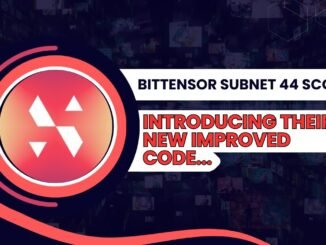

Be the first to comment